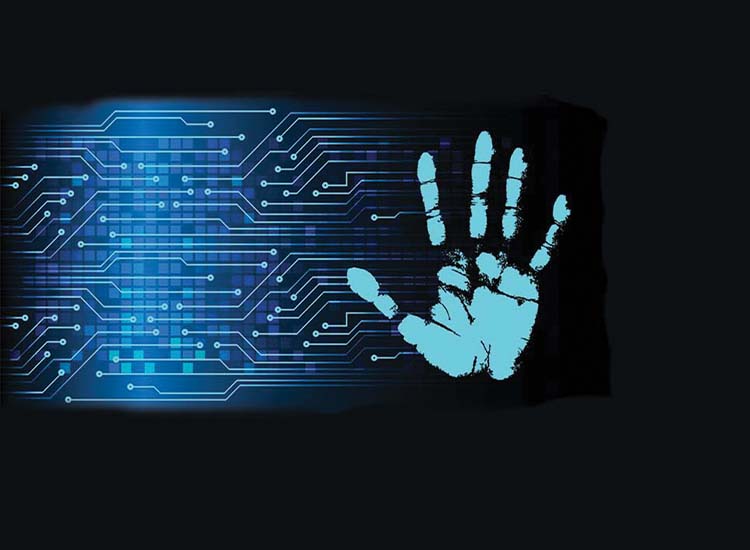Situational Awareness Software – the benefits of real-time insights
The past two years have seen physical security rise to the forefront of company executives’ minds.
This is reflected in the State of Modern Physical Security Report from Rhombus Systems, released in December 2021. Of the 250-plus security professionals that were surveyed, 72 per cent consider physical security to be of high or very high importance – up from the 46.6 per cent who gave it that ranking pre-pandemic. Meanwhile, only 3.2 per cent rank physical security as below-average importance.
Be it the current environment that we’re living in, or the potential threats posed, organisations are bolstering their physical security provisions. Yet for many, challenges remain.
When it comes to physical security, knowledge is everything. Without a clear understanding of key information in the event of an incident, teams will be unable to prevent potential situations from developing from the outset or be able to react at speed and ensure rapid recovery.
So, what’s the solution? A recent report from Ontic shows that 84 per cent of firms feel that they would be better prepared to avoid a crisis if their physical security teams were able to view threat data through a single platform.
With an accurate and shared situational awareness solution, information won’t be missed – it will instead be received and interpreted in a unified manner, enabling an effective, joined-up response effort while avoiding confusing and contradictory messaging.
Adopting an information-driven security stance
The deployment of such systems entails a transition away from traditional approaches to physical security. In the past, it has been a numbers game – if you invest in more security officers and more cameras, then it is assumed that your security will be more effective and robust.
Today, however, such an approach is no longer adequate. This approach offers no guarantees, providing many ways in which high level security incidents such as terror attacks might be able to slip through the net.
To properly protect people and assets and uphold safety and security in an optimal manner, a full understanding of the operating environment is required. Companies must transition away from assumption-built security protocols and shift towards an information-driven stance.
Here lies the benefit of real-time situational awareness software. Through data-driven intelligence, it can transform security effectiveness for organisations of all shapes and sizes, engendering a renewed culture that offers a safer future for all parties.
Improving communication and coordination
A key benefit of real-time situational awareness software is the way in which it is able to eliminate the potential for misunderstanding by overhauling communication and coordination efforts.
In traditional security set-ups, there are many ways in which security teams may experience confusion or crossed wires. They might misunderstand the nature, scale and location of a threat, or the level of response that is needed to stem it. As a result, they might experience mismanagement in terms of the actions taken.
Simply put, there is a chance that the right information will fail to get to the right people at the right time – an outcome that is simply unacceptable in modern security and safety procedures.
This is the problem that real-time situational software solves. It can guarantee seamless communication and information sharing so that an appropriate, timely and seamless response can be coordinated and delivered in dealing with a variety of potential threats, enhancing critical incident management to counter terrorism efforts.
Preparing for Protect Duty
The past decade has witnessed a number of terrorist attacks that have further heightened the need for improved security where people’s lives are at stake. In response, the Government’s new Protect Duty legislation requires venue operators to consider the risk of terrorist attacks and to take proportionate and reasonable measures to prepare and protect the public.
Situational awareness software will be an invaluable resource for businesses that need to respond to this legislation.
Software can be utilised to record all planning for potential future events, share risk assessments across estates and shareholders, and demonstrate ‘reasonably practicable’ protective security and organisational preparedness measures.
In short, such software provides an integrated solution for all testing and exercises ready for Protect Duty.
The real-world benefits of real-time insights
To further understand the benefits, it is worth considering how real-time situational awareness software might work in practice.
Through a centralised platform, all security team members are empowered to track security resources, flag incidents, record key decisions and communicate critical information across all locations in real time.
Here, critical knowledge can be shared on a continual basis, minimising duplicated, unnecessary or ineffective activity, ensuring all security personnel always have the same understanding on current incident status.
This also allows for reduced corporate level risk and a more effective allocation and use of resources that can help to reduce overall costs.
Some software, such as Amulet’s Project Blueprint solution, are able to create a record of activity that may be used to support investigations and enquiries as evidence in the aftermath of incidents. This can be useful in demonstrating that a sound security policy has been reviewed, practiced and implemented should an audit be required.
Between improved communication, decision making and preparedness to reduce risk and costs, the benefits of real-time situational awareness software are clear. Such software guarantees a more secure future for all in 2022 and beyond.
Darren Read, MD at Amulet
Read more articles on Security Technology
Read more articles from Amulet
Read more articles from Darren Read


